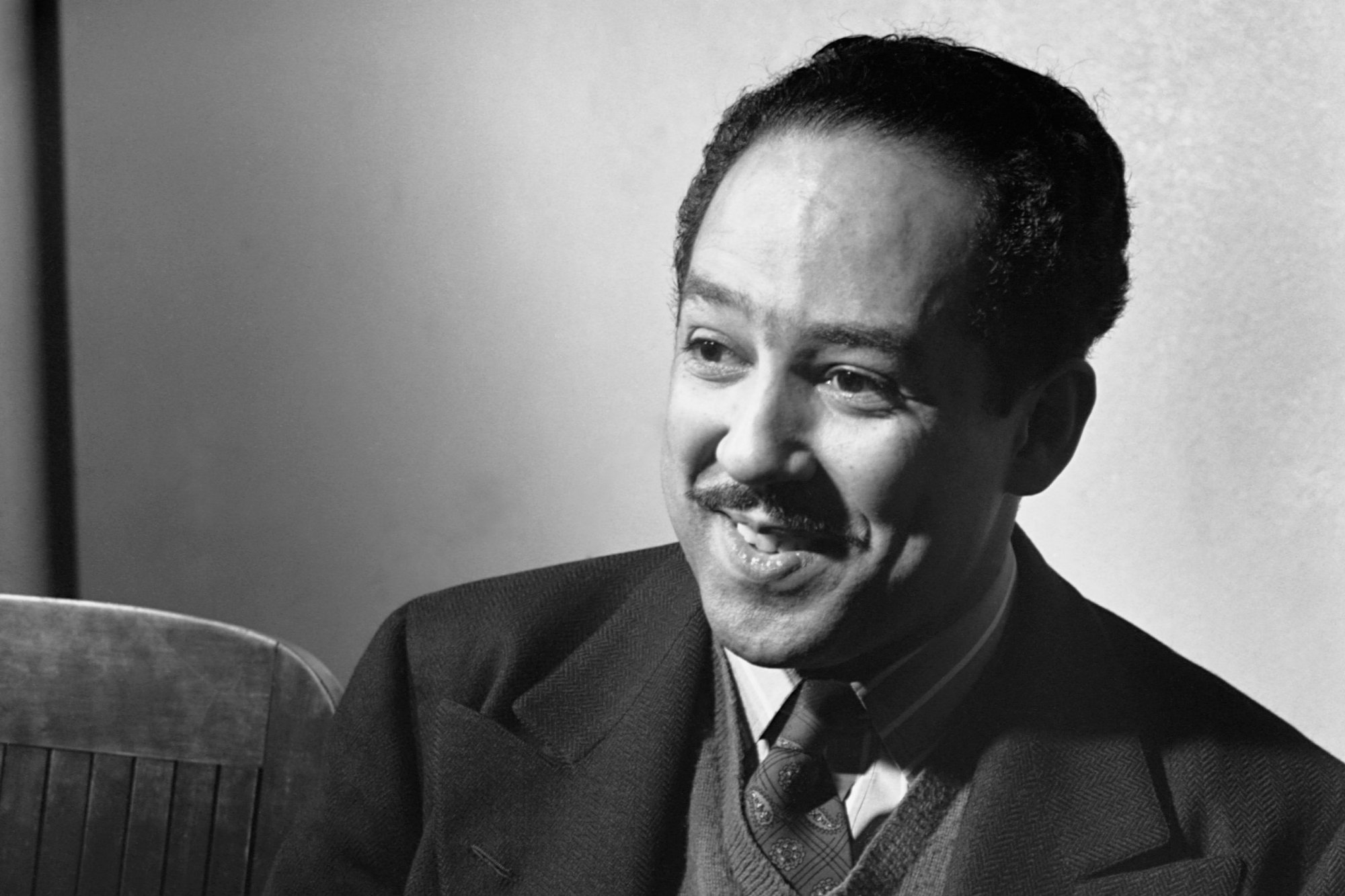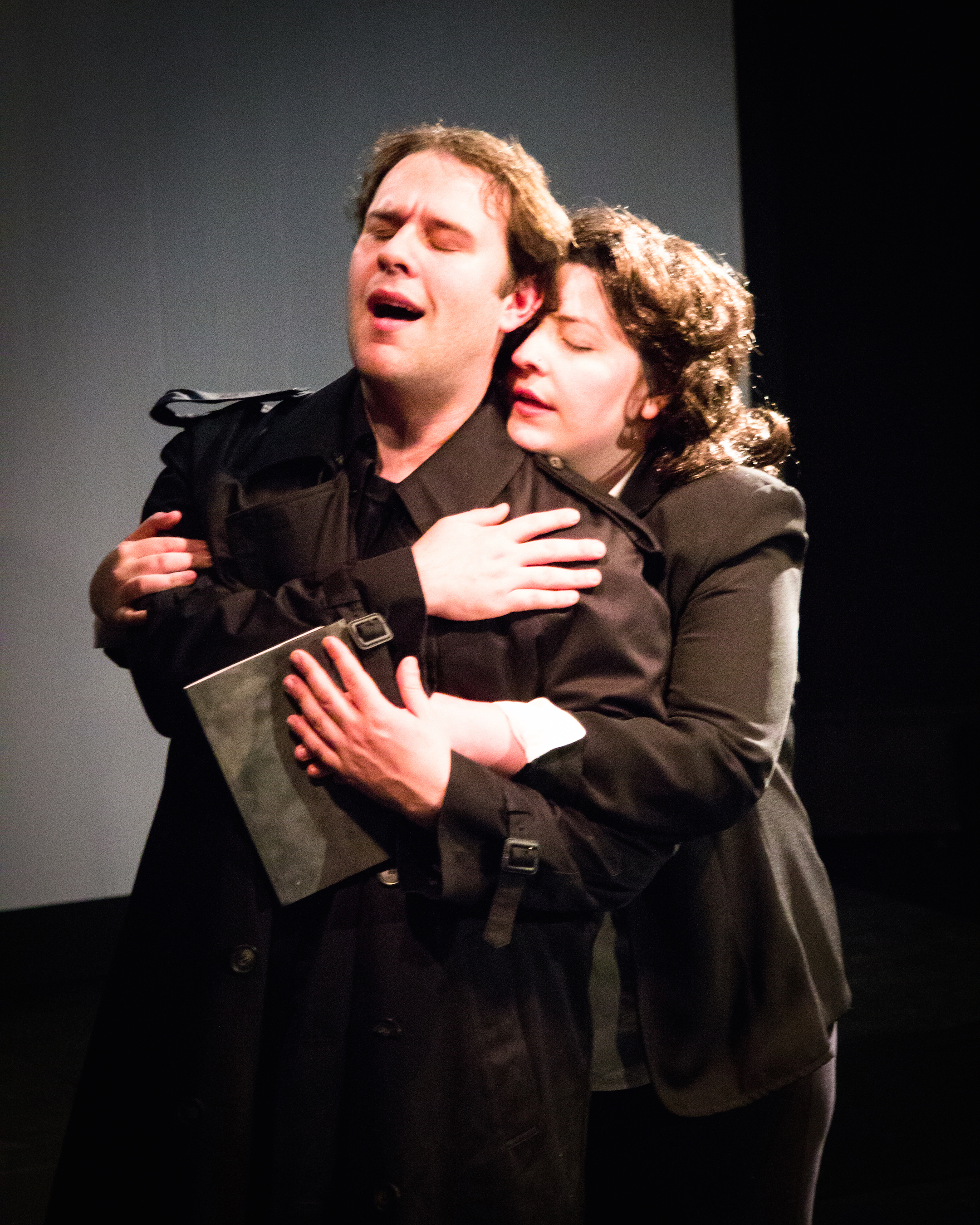By Rachel White
Entire contents are copyright © 2012 Rachel White. All rights reserved.
| Jeremy Kisling of Lexington Children’s Theatre. Photo by Keith Waits. |
The American Alliance for Theatre and Education (AATE) Conference, an organization that brings together theater educators and artists from all over the country, came to Lexington this year and was hosted by Kentucky’s very own Lexington Children’s Theater (LCT). Lexington is the smallest city ever to host the conference, and the challenges of putting together such a big event are obvious. However, Jeremy Kisling, Associate Artistic Director of LCT, was excited about bringing new artistic blood to Kentucky, even if it took him a moment to warm to the idea.
“I ran away screaming for the first ten to fifteen minutes and then I came back and I said, ‘I would love to do this because it would be an honor to bring other theater artists Kentucky.’”
Kisling assembled his team and set to work laying out the groundwork for the conference, deciding whom to invite and what kinds of issues would be important to cover.
Regarding the issues that face many teens and kids today, Kisling was especially concerned with the amount of bullying going on in schools. Along with the AATE and Theatre for Young Audiences (TYA), he developed Dramatic Change: An Anti-Bullying Initiative Pre-Conference. Among the presenters was Louisville’s Looking for Lilith.
| Lunch time raffles at the AATE conference. Photo by Keith Waits. |
The idea began when AATE and TYA got together to discuss just how much bullying was going on in schools and the effect it was having on young people. According to Kisling, “We realized bullying was everywhere.”
Kisling was excited to get kids involved in these kinds of issues and found that they were eager to talk about them. He found that bullying, teen suicide and GLBT issues are of deep concern to teens. Using drama to address these concerns is a major focus of many of the workshops at the conference.
Other areas of the conference focus on integrating the arts into the traditional curriculum, utilizing Primary Resources to Connect Drama, Visual Arts and Social Studies focused on the role that the arts can play in a social studies curriculum. This was hosted by Jeff Jamner of The Kentucky Center for the Arts and Jane Dewey of the Danville Independent School District. In one technique called tableaux, the students are given a photograph or painting depicting a historical event and are asked to physically place themselves in the position of the characters of the picture. By physically imitating the historical images, the students engage both physically and emotionally with the subject matter, which allows them to become more deeply engaged in the subjects presented in the classroom. The panel demonstrated how theater and the arts can enliven a classroom by making historical events immediate, relevant and exciting.
Other notable workshops included From Selection to Performance: The Production Processes of Young Playwrights Festivals hosted by Nicole Lorenzetti of Young Playwrights, Inc. Young Playwrights hails from New York City and was founded by Stephen Sondheim. The goal of the company is to provide Off-Broadway productions to playwrights 18 and under. Lorenzetti is an enthusiastic advocate for young writers and emphasized the importance of treating young playwrights as real writers. Young Playwrights pays their writers a small stipend and provides each writer with a dramaturge to support the writer through the production process. The goal is to encourage kids to be creative and to respect themselves as artists, themes echoed throughout the conference.
When I suggest that LCT is a small organization taking on a huge national conference, Kisling is quick to point out that LCT may not be as small as you think. “We have 12 full-time staff members and we have an 18-member intern company. We are probably the largest theater outside of Louisville. A lot of people don’t really get that we are as big as we are.”
His message is clear: Don’t underestimate us; we can handle it.
Kisling’s biggest and most surprising needs were technical: “The audio visual needs of a conference were a mega challenge because there are 110 presentations total, and of those we probably have 85 or more that have need for a projector or computer. So it’s fascinating to me that as theater people, the audio visual needs of a conference can really get overwhelming.”
Overall, the experience of the conference is a busy array of rooms and panels, and people talking about theater, playwriting, kids and acting. It is a warm environment, one in which to ask questions and raise concerns, and to figure out how to be more creative, how to reach these kids with the art form that we love: theater. A small, intimate city like Lexington is a great place for this kind of dialogue to happen.
As Kisling says, “What I love about bringing new people in is we have so many great organizations here, and they are doing great work, but we’re not a big city. In Lexington, people feel relaxed, they feel at home, and it allows us to relax and focus on what we need to focus on.”




